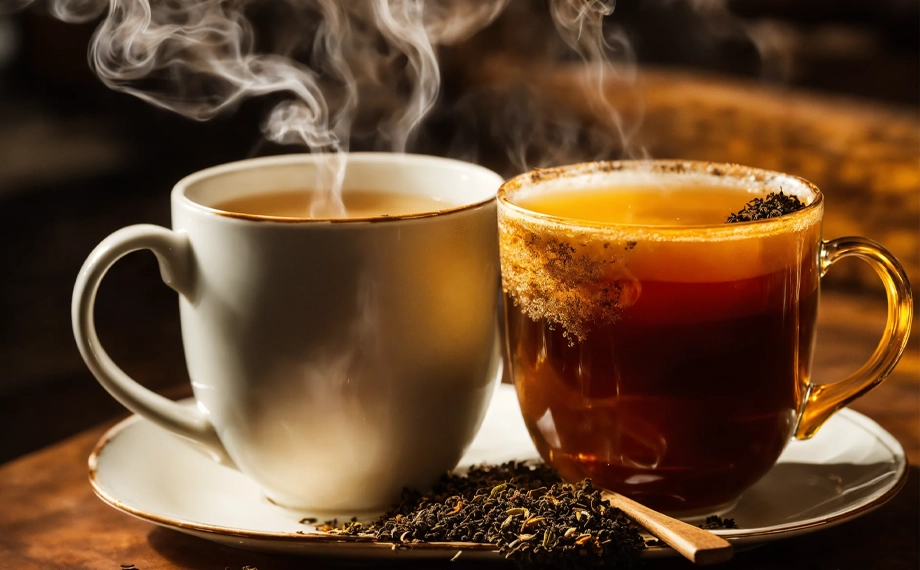Bitter Tea Versus Sweet Tea

Bitter Tea Versus Sweet Tea. The taste of tea can vary widely depending on factors such as the type of tea, brewing method, and personal preferences. The taste spectrum of tea often includes a balance of various flavors, with bitter and sweet being two common components. Here’s an overview of the bitter and sweet aspects of tea:
Bitterness in Tea:
- Type of Tea:
- Bitterness is more pronounced in certain types of tea, such as black tea and some green teas. The bitterness can result from catechins (a type of polyphenol) in tea leaves.
- Brewing Time and Temperature:
- Bitterness can be intensified by over-brewing tea or using water that is too hot. Steeping tea for too long can lead to the release of tannins, which contribute to a bitter taste.
- Tea Leaf Quality:
- The quality of tea leaves can impact bitterness. Higher-quality teas, especially those made from tender leaves or buds, may have a smoother and less bitter taste.
- Certain Herbal Teas:
- Some herbal teas can also have a bitter note, particularly if they contain certain herbs or roots. For example, herbs like dandelion or chamomile may contribute bitterness.
Sweetness in Tea:
- Type of Tea:
- Some teas naturally have a sweet undertone. White teas, certain oolongs, and certain green teas can exhibit natural sweetness, often attributed to the presence of sugars and amino acids.
- Tea Processing:
- The processing method can influence sweetness. Teas that undergo oxidation (like black tea) may have a malty sweetness, while less-oxidized teas (like green tea) can have a grassy or vegetal sweetness.
- Quality and Freshness:
- High-quality and fresh tea leaves may offer a more nuanced and naturally sweet flavor. Stale or lower-quality leaves may lack sweetness.
- Additives and Blends:
- Some teas are blended with sweet ingredients, such as fruits, flowers, or herbs, to enhance sweetness. Flavored teas or those with added natural sweeteners can provide a sweeter taste.
Achieving Balance:
- Brewing Parameters:
- Adjusting brewing time, water temperature, and tea-to-water ratio can help achieve a balance between bitterness and sweetness. Experimenting with these parameters allows you to tailor the taste to your liking.
- Blends and Flavors:
- Tea blends that combine different types of tea or include complementary flavors can offer a well-rounded taste with a mix of bitter and sweet notes.
- Sweeteners:
- Some individuals add sweeteners like honey, sugar, or agave to their tea to enhance sweetness and counteract bitterness. However, this is a matter of personal preference.
Ultimately, the taste of tea is subjective, and preferences can vary widely. Exploring different types of teas, adjusting brewing methods, and experimenting with additives can help you find the balance of bitterness and sweetness that suits your taste buds.
Bitter Tea Versus Sweet Tea
Blog: Tees Herbs Blog
Sponsors: Mixtapepsds, Conspiracyortruth
